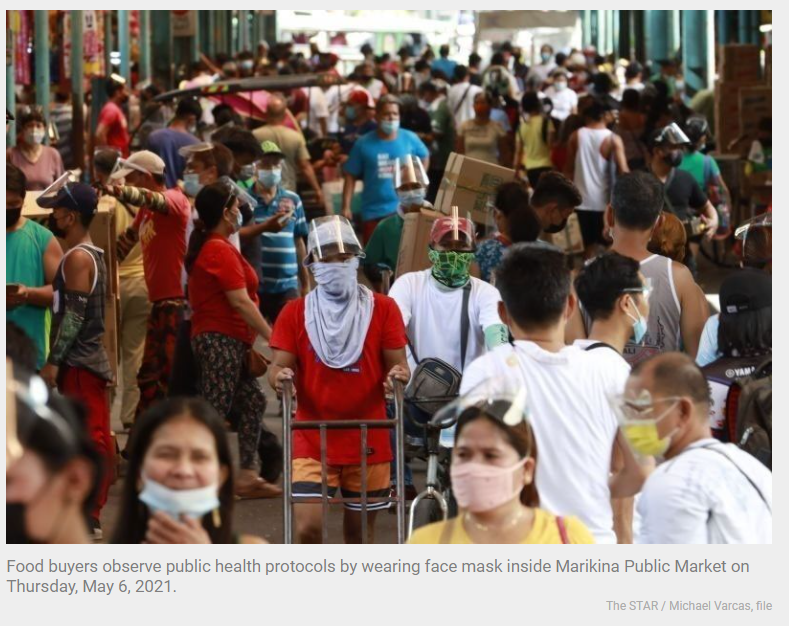Philippines: 60% of Pinoys say income lower in pandemic year
MANILA, Philippines — Three in every five poor Filipinos said their income fetll this year as the pandemic drags on and continues to impact the most vulnerable sector of society.
Results of the third phase of the COVID-19 Pulse PH conducted by the United Nations Development Program (UNDP) Philippines and Zero Extreme Poverty 2030 revealed that poor Filipinos are barely recovering more than a year into the pandemic.
UNDP Philippines head of experimentations Francis Capistrano said 60 percent or three in every five poor Filipinos experienced worse income this year compared to 2020 or at the height of the pandemic.
“The condition of the poor has barely improved. Poor families continue to struggle from the disproportionate impacts of the pandemic,” Capistrano said in a webinar yesterday.
“The poor suffered a significant decline in their income in 2020 and they have barely recovered in 2021. Impact is broad-based, but with variations across localities, which require targeted action,” he said.
The survey covered 18,000 poor households, mostly comprising four to six household members, in Metro Manila, Nueva Ecija, Bohol, Eastern Samar, Sarangani, Bukidnon and Sorsogon. Prior to COVID-19, 90 percent of the households were earning less than 10,000 a month.
A majority or 56 percent belong to the informal sector whose jobs are either seasonal or casual, vendors or with unregistered businesses. The informal workers also suffered more than the formal ones.
The study showed that 58.2 percent of poor Filipinos experienced worse income this year, 29.6 percent retained their income level, and only 12.1 percent saw their income improve.
For the majority who saw their income deteriorate, 40 percent said it was due to difficulty in maintaining regular income due to restrictions, while 32 percent had a source of income, but it was much lower than last year.
Some 12 percent are unable to find work, while others had a source of income, but lost it again or are unable to work because of illness.
For the small percentage whose income improved, they said this was due to government support, sideline job or business, back to previous jobs or support from family and friends.
“There have been localized mobility restrictions in place that hampered livelihood and cut off the poor from markets and opportunities, and even when the lockdown was lifted, the hardship was still felt,” Capistrano said.
Mobility restrictions remain a major factor why poor Filipinos are having a hard time recovering from the pandemic, alongside the lack of quality jobs available in the labor market.
“While multiple actions could be taken to enhance mobility. It is important to consider, increase in coverage of the vaccine program, support the most vulnerable to be able to adhere to appropriate health protocols and continuously provide relevant information on the pandemic to enhance their safety and confidence,” he said.
Further, the survey revealed that the top aspiration of poor Filipinos is a good livelihood at 76 percent, followed by enough quality food and basic needs, and quality education for their children.
Capistrano emphasized that ensuring recovery should mean strengthening the government’s health response and containment and continued investments in these measures.
“This should be coupled with social protection to boost consumer demand considering that our economy is consumer driven,” Capistrano said.
“With the high level of informality of livelihood among the poor, support for MSMEs (micro, small and medium enterprises) should be scaled up. As much as we want to leverage the Fourth Industrial Revolution, it should not leave the poor behind and help them transition to a better normal,” he said.
Source: https://www.philstar.com/business/2021/09/01/2123912/60-pinoys-say-income-lower-pandemic-year


 English
English




